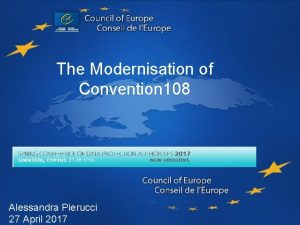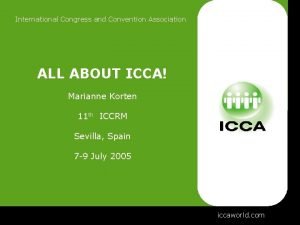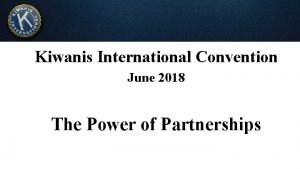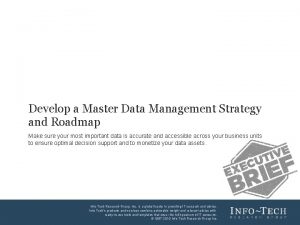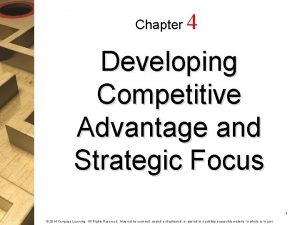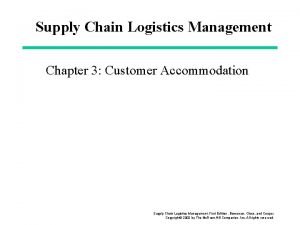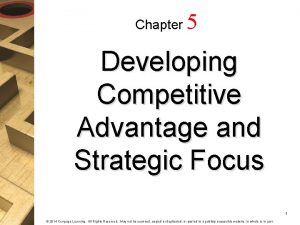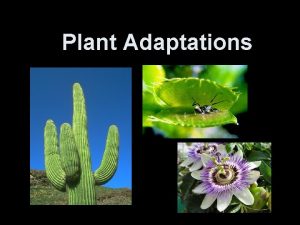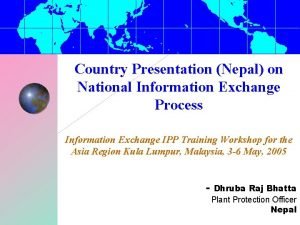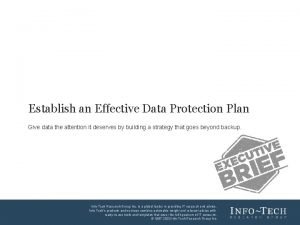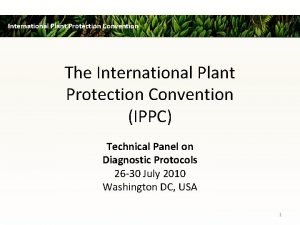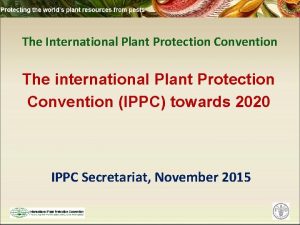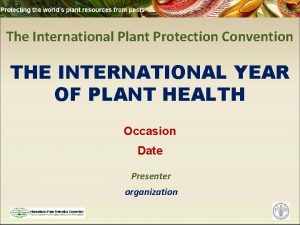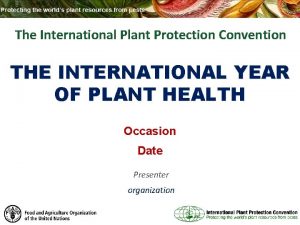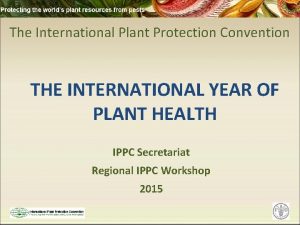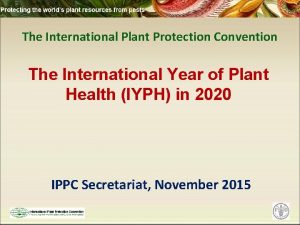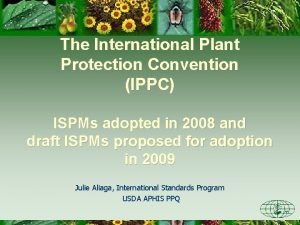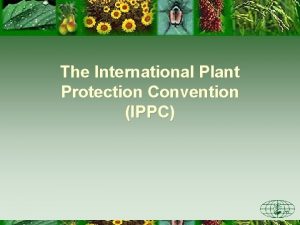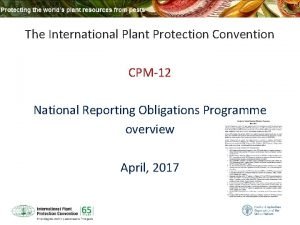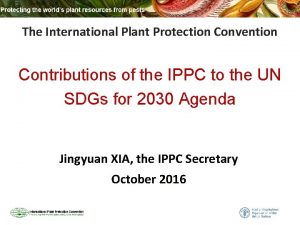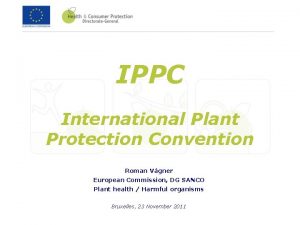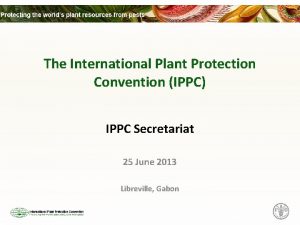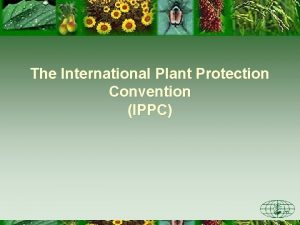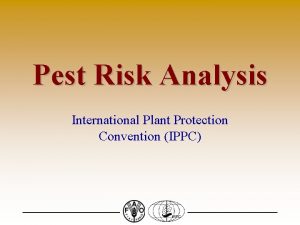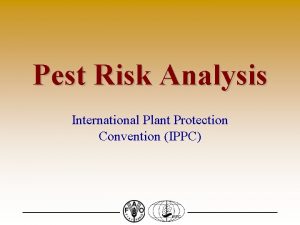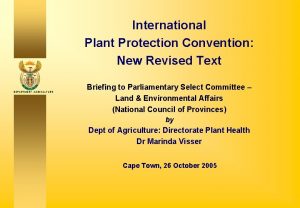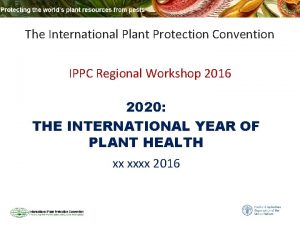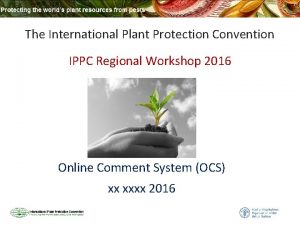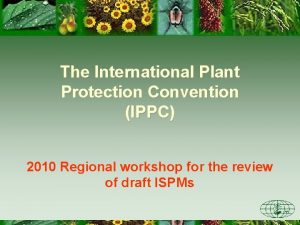The International Plant Protection Convention Developing a strategy

























- Slides: 25

The International Plant Protection Convention Developing a strategy for the implementation of e. Phyto

Components of a strategy for Implementing e. Phyto Vision Functional model Governance model Operational model Legal model Stakeholder consultation Change management

International - safe, secure and efficient trade in plants and plant products Stakeholders objectives – more efficient trade, reduced trader costs, … National objectives – improved efficiencies, improved market access, reduced administration… Vision

Objectives & benefits Benefits for government Transparency & Fairness Better Governance Modernized Border Procedures and Controls Benefits for traders Better compliance Predictability More informed decisions Reduced clearance time/costs Harmonization Reduced complexity More effective legislation, regulations, systems and procedures More efficient government agencies Align with modern business practices Better accountability

Vision What do the /government/ business owner/users/coperators/beneficiaries want? What is the scope or objective in implementing electronic certification/e. Phyto • Are there government initiatives that support modernization of government, efficiency improvements in government processes, etc. ? How do these influence the vision? • Are there problems in paper certification that support moving to electronic certification? • Are there major trade barriers that encourage implementation of e. Phyto • Is national competitiveness at stake due to trade-related barriers? • Does your country have regional-level commitment to paperless trade initiatives'? • Are other trade-related government agencies aware of and support the benefits of e. Phyto? What are the expected key features? What issues is the implementation of e. Phyto in the country responding to?

Vision Is the trading community and stakeholders in phytosanitary certification aware of the benefits e. Phyto? Trade facilitation is often a key national initiative • Is there a government mandate for trade facilitation? • Is there a public commitment to trade facilitation from senior government officials? • Are there initiatives or commitments from the private sector on trade facilitation? • Has your government identified trade facilitation and in particular paperless trade as a policy objective? • Is there a national trade (and transport) facilitation strategy such as Trade Facilitation Action Plan and/or a National Trade Facilitation Committee? • Do you participate in the Committee? • Does the committee support the establishment of e. Phyto in the country?

Examples Implement the International Standard for Phytosanitary Measures 12 in a manner that facilitates the trade of plants and plant products and improves the service delivery for traders through government automation, harmonization, transparency and access to and simplification of procedures Exchanging electronic phytosanitary certificates will reduce fraudulent certificates, expedite the clearance of perishable commodities, and enhance compliance with SPS measures

Governance Describes who oversees the overall implementation/operation. How oversight is undertaken Describes the who’s involved in the project Who will be the business owner of the e. Phyto? Who are the stakeholders? What is the project team What do the business owner and stakeholders expect from the developed solution? What is the timeline for implementation? Does the governance entity change from development to operation? How often will the e. Phyto Operator be required to report to the governance entity and what must be reported? What is required in terms of benefit realization?

Operational Describes the overall operation of the service What expertise / capacity is expected of the operator Who will operate the technical components of the EPhyto system? Does the proposed operator have the legal status (according to national legislation), expertise and capacity to operate the EPhyto? Who is the implementer versus who is the operator? How does the operator address any deficiencies in capacity /expertise? What are the services and service standards expected?

Operational Are there any major IT gaps? Is internet connectivity especially broadband, available for both public and private sector users at an affordable price ? If legal requirements, require that data must be stored incountry is data storage available and at a reasonable cost? Are computers (PCs) available to the trading community? • What is the penetration ratio? Are sufficient Internet Service Providers in place to provide accessibility of the internet to government and the trading community?

Functional Describes how the function of the system including the technical requirements of the system If the choice is to establish your own national system, does the system: • • Use xml to produce / receive the Phytosanitary Certificate? Use the schema developed for the e. Phyto? Use the codes and lists developed for e. Phyto? Connect to the hub as per the WSDL? Will the system operate for both imports and exports? Will the national system connect to import permits for export and import? When do you intend to connect to the hub using your national system? When do you intend to implement the Ge. NS? Have you reviewed the use policy for the e. Phyto Solution? How will you store and archive data?

Functional If you are using the Ge. NS will you store data locally/how? Who will be the business/technical administrator? (access permissions, registration of users, address issues of users etc. ) Who will provide helpdesk support to your staff/clients? Who will define and maintain the currency of users, workflow roles, workflow users and workflow tasks? What reports will you obtain and how will these be used? If you use other systems to store data on biosecurity activities will these require interoperability? How will this be achieved? Will you allow clients to export data to your system? Under what conditions? What are the requirements to allow clients to export data to you?

Functional - business process analysis Document your current operations for the issuance of a paper phytosanitary certificate? Document your current operation for the receipt of a paper phytosanitary certificate? • the process; documents, actors and their actions (people participating in the process private sector and public sector), places of operation; hours of operation; volumes of paper phytosanitary certificates Document the new process for the issuance and receipt of an e. Phyto How do work roles change?

Business process example

Financing How will the build of e. Phyto be financed? How will the infrastructure be financed? Who decides on the model? What information is required to support the decision? How will operation pf the e. Phyto system be financed? How will upgrades and changes to the EPhyto system infrastructure be financed? Who decides on the finance model? What information is required to support the decision? Has there been a consideration on a business model to support the operation of the e. Phyto system in the country? • If yes, is it free of changes? • If yes, will there be a user fee?

Legal Provides the basis for operation and enables the vision Considers B 2 B and B 2 G Does your current legislation support the issuance and receipt of electronic documents? Does your current legislation allow for receiving electronic information from your clients? Do you have an electronic transaction law and does your legislation align with it? Does your legislation address: • Misuse of the e. Phyto system; • Illegal access to the e. Phyto system; • Security (e. g does it require encryption of documents, two-factor authentication of users, …); • Sharing information with other government agencies and internationally; • Electronic transactions for evidence, information accuracy and timeframes

Legal Is electronic submission going to be mandatory under the law? Is electronic payment covered within your legislation? If you require changes to your legislation who will these changes to the law? How long will it take to make any changes? Does your legislation ensure you own the data? Does your legislation allow for the EPhyto data to be stored offshore if you are using the Ge. NS? Under your legislation how long must information/data be stored? How long do you want data stored and accessible?

Stakeholders consultation Who are the stakeholders? • Internally within the organization; within government; clients; other stakeholders (e. g. banks, transport and logistics, etc. ) What are the legal obligations for stakeholder consultations? • May impact timelines and finances Is there competence in the organization to engage with stakeholders? How are stakeholder views incorporated into changes in the processes, operations, technical design How are stakeholders kept informed of the decisions in regard to their view and suggestions?

Change management Based upon the changes to workflows, who will be: • The e. Phyto Administrator • The e. Phyto Contact Person (for maintaining the links with IPPC and the Hub Operator e. g. re maintaining the SLA/SLO with IPPC) • Lead project management for development and implementation of e. Phyto Are there any roles that will no longer needed with implementation of electronic certification What changes need to be made to job descriptions Will the job changes mean a change in remuneration for affected employees?

Change management How will staff be trained? How will clients be trained? Who will provide the training? How long will training take? Who will develop the new standard operating procedures for work under e. Phyto? How long will development of the procedures take? With paper certification are there areas where inconsistencies between individual staff procedures? How will these be handled with the standardization required for electronic certification?

Change management Who will monitor benefits? Has communication strategy been established for e. Phyto implementation? Has an overall change management strategy been set for e. Phyto implementation? Do you need capacity building-support to assist with establishing coordination? Do you need capacity building support in designing best business model?

Potential Governance Steering Committee Members TOR for E-Phyto Governance Oversight implementation of trade facilitation projects • NPPO Ensure cooperation, coordination and dialogue between all national stakeholders, and private sector, • Customs Provide a forum to raise issues of concern, identify and address constraints to trade facilitation • Department of Industry Identify barriers/weaknesses and recommend appropriate remedial action • Exporters/importers association or representatives of trading sector Report to Chief Executive Link to the National Trade Facilitation Committee • Department of Trade • Ports and Harbor • Customs Brokers and Freight Forwarders Association

Preparing for implementation Document the current state and undertake diagnostic Engage with industry to determine the time required to participate Engage with IT/SLA/Central Agency IT Identify the barriers to implementing e. Phyto Briefing paper for CEO & NTFC

Preparing for implementation Harmonize the data / information in current forms Identify the steps for legal reforms and engage in house policy/legal about e. Phyto and what might be needed Reduce steps in the current process (fix what isnt working well now that will need to be in place for e-phyto) Determine the realistic timeframe and resources etc. that would needed to implement e-phyto

Sequencing Publication Consultation Project Planning Analysis Implementation
 Danube river protection convention
Danube river protection convention Convention 108 data protection
Convention 108 data protection International congress and convention association
International congress and convention association Kiwanis international convention 2019
Kiwanis international convention 2019 Mdm project deliverables
Mdm project deliverables Developing competitive advantage and strategic focus
Developing competitive advantage and strategic focus Customer accommodation in supply chain management
Customer accommodation in supply chain management Developing a firms strategy canvas focuses on
Developing a firms strategy canvas focuses on Structural plant adaptations
Structural plant adaptations Plant protection directorate nepal
Plant protection directorate nepal Ifpo certified protection officer
Ifpo certified protection officer Data protection plan
Data protection plan Plant introduction
Plant introduction Taichum
Taichum Plant introduction in plant breeding
Plant introduction in plant breeding Tronsmo plant pathology and plant diseases download
Tronsmo plant pathology and plant diseases download Tronsmo plant pathology and plant diseases download
Tronsmo plant pathology and plant diseases download Tronsmo plant pathology and plant diseases download
Tronsmo plant pathology and plant diseases download Market area plant strategy
Market area plant strategy Hình ảnh bộ gõ cơ thể búng tay
Hình ảnh bộ gõ cơ thể búng tay Ng-html
Ng-html Bổ thể
Bổ thể Tỉ lệ cơ thể trẻ em
Tỉ lệ cơ thể trẻ em Gấu đi như thế nào
Gấu đi như thế nào Tư thế worm breton
Tư thế worm breton Hát lên người ơi alleluia
Hát lên người ơi alleluia

